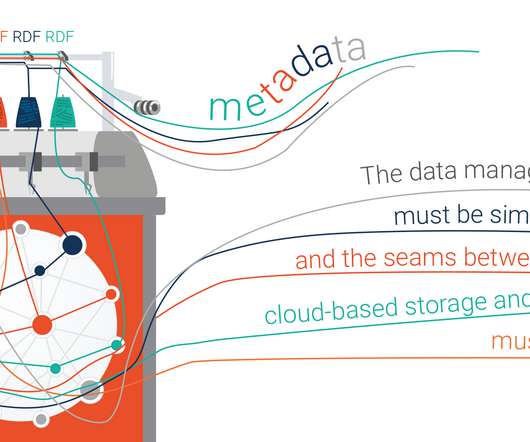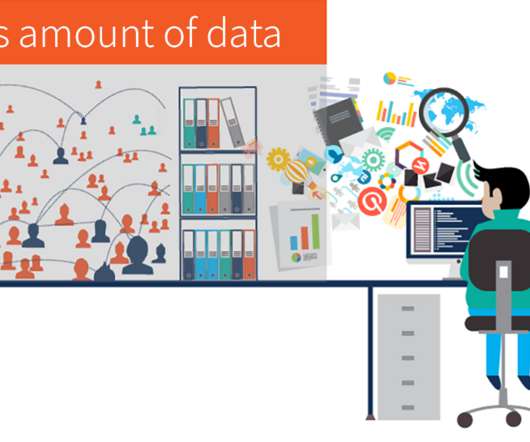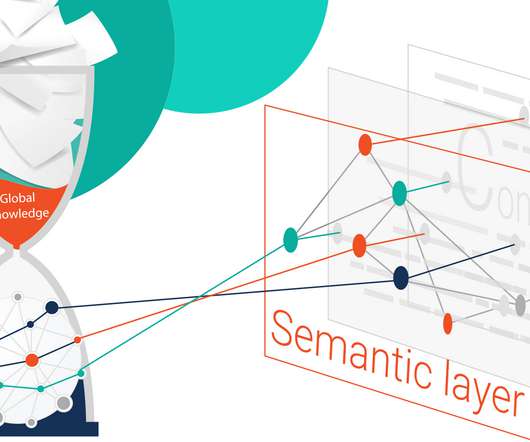Top Graph Use Cases and Enterprise Applications (with Real World Examples)
Ontotext
MARCH 8, 2023
Gartner predicts that graph technologies will be used in 80% of data and analytics innovations by 2025, up from 10% in 2021. Several factors are driving the adoption of knowledge graphs. Graph-based solutions further leverage the relationships among the entities involved to create a semantically enhanced machine learning model.














Let's personalize your content